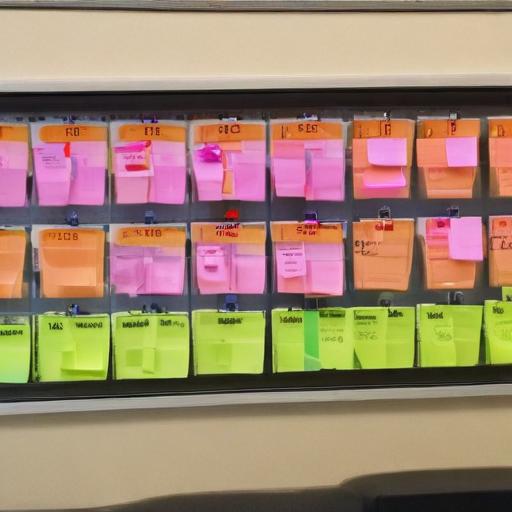Kohberger reportedly spoke with his mother multiple times on the morning of the Idaho killings, expert says
A digital forensics expert who reviewed Bryan Kohberger’s phone and hard drive says Kohberger called his mother at least four times on the day four University of Idaho students were killed, with one long late-morning conversation that coincides with the timeline investigators have described for the crime scene.
Key details cited by the expert:
– The first known call to his mother occurred at 6:13 a.m., but she did not answer at that time. The students were killed around 4:20 a.m.
– Eventually, his mother picked up, and they spoke for just over 30 minutes.
– A subsequent call followed at 8:03 a.m., lasting about 54 minutes.
– The expert says this sequence suggests Kohberger and his mother were on the phone as he drove back toward the crime scene.
– In Kohberger’s phone, his parents were labeled as “mother” and “father,” and he would text questions like “Father, why did mother not respond? Why is she not answering the phone?”
– Investigators say Kohberger returned to the home on King Road around 9 a.m. and was on the phone with his mother around that time. It’s unclear how long he lingered at the scene, as police were not called until noon.
– The same expert notes Kohberger reportedly spoke with his mother two additional times on Nov. 13, the day of the murders.
– If Kohberger had not agreed to a plea, the expert indicates Kohberger might have testified about how he tried to hide his movements by powering his phone off. The expert notes the phone’s battery appeared fully charged when it was powered down, which the expert says was revealing.
– One early alibi claimed Kohberger was “star-gazing,” a claim that would require the phone to be on to generate location data, according to the expert.
Additional context cited by the article:
– Investigators previously described Kohberger returning to the King Road residence around 9 a.m. and being on the phone with his mother around that time. A local outlet noted that such details had not been explicitly laid out in released documents.
– The expert also referenced a court filing describing the star-gazing alibi and how it would conflict with the phone’s activity.
Other notes from the proceedings:
– At Kohberger’s sentencing, his mother Maryann and sister Amanda were present; his father and another sister were not.
Why this matters:
– The new timing details underscore how Kohberger’s communications with his family intersect with the evolving timeline of the crime. Digital forensics can illuminate movements that are otherwise inferred from timestamps and locations, potentially influencing how investigators and prosecutors frame alibis and timelines.
What this adds to the case:
– The report strengthens the narrative that Kohberger maintained contact with his mother during the crucial hours after the killings, and that his phone activity could be used to challenge or support various alibi claims.
– It also highlights how seemingly ordinary actions, such as messaging a parent or powering a phone off, can become evidentiary points in high-profile investigations.
Bottom line:
– The new details about Kohberger’s multiple calls to his mother on the day of the murders contribute to the broader effort to reconstruct the timeline with precision. Digital forensics continues to play a key role in testing alibis and clarifying a suspect’s movements.
Summary:
– A digital forensics expert says Kohberger spoke with his mother several times on the morning of the Idaho killings, including long conversations that align with key moments in the timeline. The findings touch on how his phone use may reflect his movements and complicate alibi narratives.
A note for readers:
– As with all ongoing legal cases, investigators and experts stress the need for careful verification of timelines. These forensic details, while informative, are one piece of a larger evidentiary picture.
If you’d like, I can add a brief explainer of how digital forensics timelines are built from phone data and what kinds of data (calls, texts, location pings, power state) researchers typically examine in cases like this.
